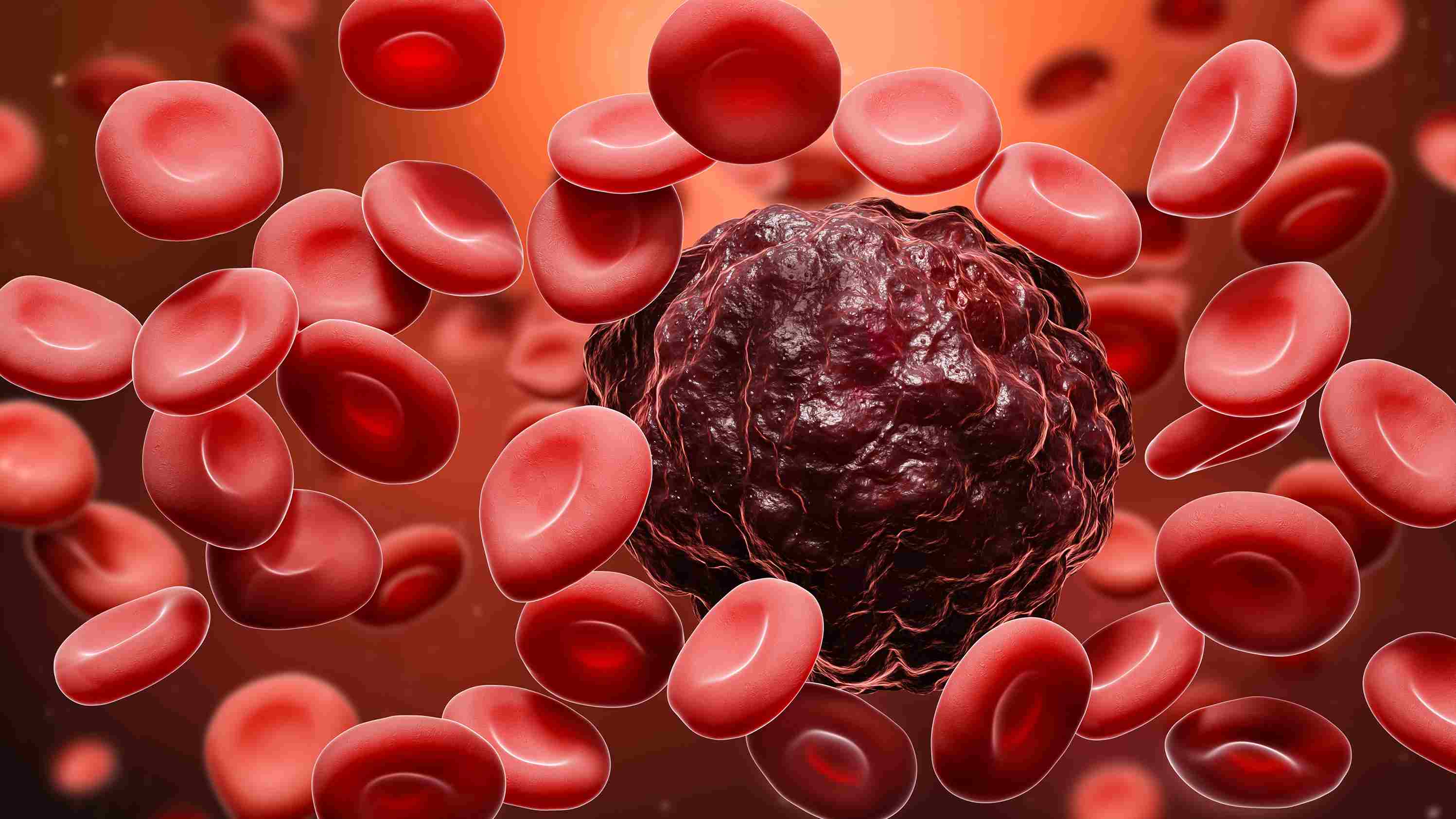Walking velocity predicts clinical effects in older adults with blood cancers
(WASHINGTON, June five, 2019) — How gradual–or speedy–older people with blood cancers are capable of strolling 4 meters (approximately thirteen feet) holds vital information about their ordinary fitness and strongly predicts survival and unplanned hospital visits no matter age, most cancers or treatment type, or other factors, according to a new have a look at posted these days in Blood. The affiliation changed into strongest in people with non-Hodgkin lymphoma.
In reality, records display that for every 0.1 meters in keeping with the 2d decrease in taking walks velocity, the danger of demise, abruptly going to the medical institution, or finishing up in the emergency room expanded by 22 percent, 33 percent, and 34 percent, respectively. “The slower a person walks, the better their chance of problems,” stated Jane A. Driver, MD, MPH, accomplice director of the Geriatric Research Education and Clinical Center at VA Boston Healthcare System and co-director of the Dana Farber Older Adult Hematologic Malignancy Program and the take a look at’s senior author.
Monitoring gait pace not only helps to understand frail folks and can fare worse; it also identifies individuals who are in a lot better form than expected based on age. Researchers say those consequences aid efforts to integrate gait speed as an ordinary part of scientific checks for older patients with blood cancer, and it must be measured through the years in manual treatment plans.

“There is an unmet want for quick screening exams for frailty, which can easily shape hospital workflow and predict vital medical outcomes. This check may be accomplished in less than a minute and takes no longer than measuring blood stress or important signs,” said DDriver. “Based on our findings, it’s miles as accurate as other generally used methods, which take considerably extra time and sources and won’t be sensible for many oncology clinics.”
This potential study enrolled 448 adults with hematologic cancers ages 75 years and older who had a preliminary session for cancer treatment at hematology clinics affiliated with Dana-Farber Cancer Institute in Boston between February 1, 2015, and October 31, 2017. On average, participants were 79.7 years old, and each finished numerous screenings for cognition, frailty, gait, and grip electricity. Gait speed was received through the National Institutes of Health 4-meter gait pace check. Patients were asked to stroll at a daily tempo for four meters, and their velocity became recorded in meters consistent with a stopwatch.
The affiliation between slower on-foot velocity and poorer consequences continued even after adjusting for most cancers kind, whether or not the disease becomes aggressive or indolent, age, and different demographic elements, in addition to conventional measures of frailty and purposeful fame. Gait pace remained an impartial predictor of death even after accounting for standard physician-stated performance repute. In addition, amongst patients with superb health practitioner-suggested performance fame, patients had been stratified into three businesses via gait pace – those at chance or frail, pre-frail, or sturdy.
A subset of 314 sufferers had been accompanied by a median of thirteen. Eight months. Of those, nearly 20 percent had an unplanned clinic life unrelated to optionally available or scheduled remedies, and 16.8 percent visited the emergency branch. “Our look shows that overall performance reputation alone might not be sufficient. Gait pace seems to be plenty higher at differentiating sufferers who are at high risk,” defined DDriver. “The standard of care is to stratify remedies based on patients’ performance. While this works nicely in more youthful human beings, those consequences show that we need to do more in older humans.”
While walking might appear easy, it’s quite complicated, as a couple of bodily structures, including the musculoskeletal, cardiovascular, and apprehensive systems, ought to function nicely together. Gait pace has been extensively used as an evaluation in rehabilitative and geriatric remedies. The driver said these results propose gait speed should also be incorporated into predictive models to evaluate how older most cancer sufferers will fare. She introduced that measuring gait velocity does not require a unique gadget, is reasonably green, and has value even for patients who use a cane or a walker. The authors also assessed grip strength in all patients even though it strongly expected survival; it did not expect hospitalization or emergency room use in addition to gait speed.
Earlier studies have found that frailty is not unusual among sufferers of blood cancers and is associated with chemotherapy-associated toxicity, poorer remedy responses, or even death. While those examination outcomes are constrained to a single institution, DDrivers said they exhibit real-international feasibility of using gait speed to gauge frailty and ordinary analysis amongst patients with blood cancer.
Blood, the most noted peer-reviewed ebook on hematology, is available weekly in print and online. Blood is a journal of the American Society of Hematology (ASH), the sector’s biggest professional society worried about the reasons and treatment of blood problems. ASH’s mission is to further the knowledge, prognosis, treatment, and prevention of the issues affecting blood, bone marrow, and the immunologic, hemostatic, and vascular systems by selling studies, medical care, training, schooling, and advocacy in hematology. Blood® is a registered trademark of the American Society of Hematology.
















